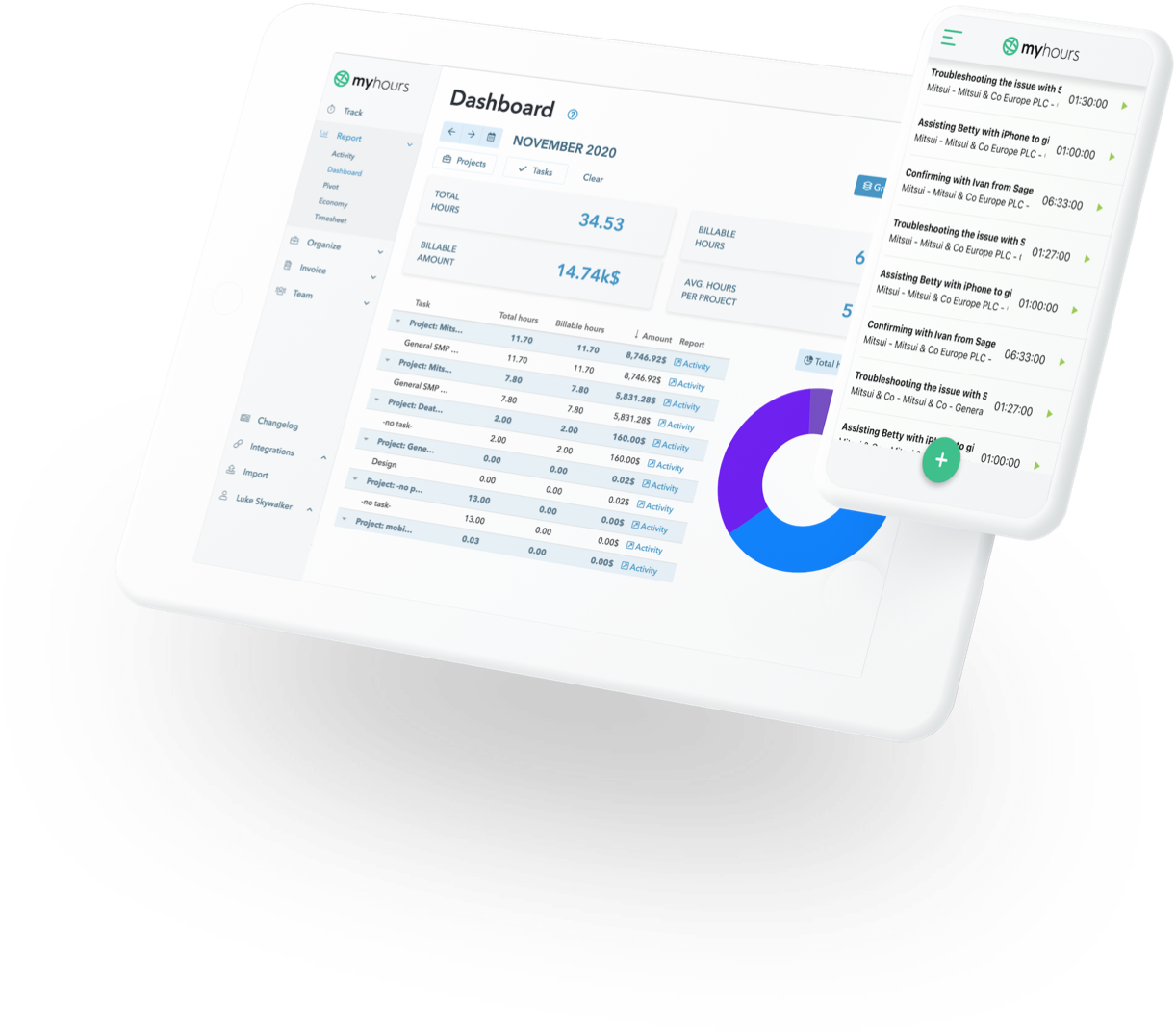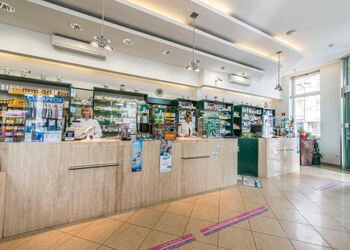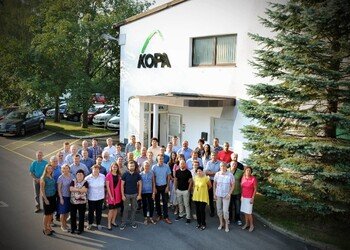How they motivate their employees at Kingsbox and why they succeeded abroad?
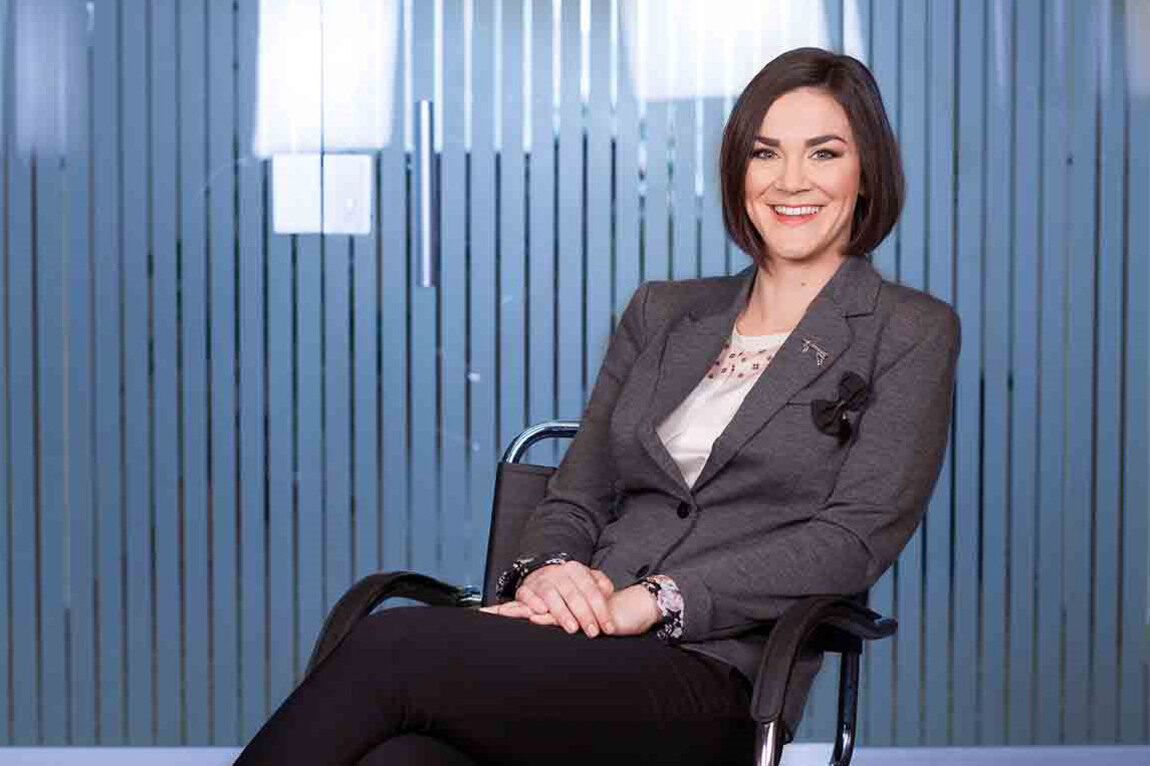
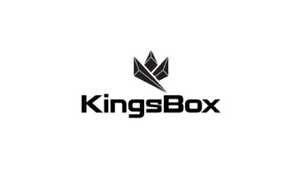
We spoke with Živa Cotič Bizjak from Kingsbox about motivating employees, building a company culture, winning new markets and about business management, which also calls for time and attendance tracking.
Živa Cotič Bizjak is in charge of personnel development at Kingsbox. They are a company that manufactures and sells sports equipment for functional exercise, which is used by both professional gyms and individuals. The company was founded five years ago by Luka Železnik and Dejan Kobal. Today, they sell over 540 products and Kingsbox is one of the largest players in Italy, Germany, Austria, Slovenia, Croatia, Turkey, the United Arab Emirates and Kuwait. They have a footprint that spans a total of 23 markets. A company that started out in a home garage is thrilled about the planned construction of their new office building. Their success is mostly attributed to their equity capital, hard work and dedication – they never received any external financial leg-up.
How do you motivate your employees to go that extra mile?
We look for motivated people who are passionate about sports. We first introduce them to our model and our organizational culture, a part of which involves going that extra mile. Our 4-pillar system plays a massive role in motivating our employees. Rewards are benchmarked against meeting goals, how well one fits in with the organizational culture, taking part in further education courses and indulging in sports. These four pillars encourage us to meet our goals and to succeed. Only by being successful individuals can we also be successful as a company.
How important is educating your employees?
It is of utmost importance. Our company has valued employee education from the outset, which is why we implement a four-pillar system. This means we are rewarded for engaging in education. Every quarter, each of us is enrolled in either an education program in line with our company goals or in a class for the acquisition of soft skills. Education can take the form of classes, seminars, visits to other companies, book readings or any other form.
How many employees does your company have and how many external staff members do you have?
Currently, we have 26 employees and some students. The number of students varies, but there are currently over ten of them. The number of employees keeps growing. In October, we employed seven new coworkers and added to the number of students. Since we do not do our own manufacturing, we also have many external staff members who work for us.
The company’s footprint extends to 23 markets, with Italy being the country in which you’ve left your largest mark. Which market presents the biggest challenge?
Each market is a challenge in its own right – the reasons vary. The Italian market is very challenging due to the exacting demands of Italian customers. In general, they are affable, but if something goes wrong, they demand your full attention. France, for instance, is challenging because of their delivery services. And markets outside the EU are a huge challenge due to the red-tape around customs clearance. We always keep our fingers crossed that the documentation meets the requirements and that our parcels will clear customs for onward delivery. It would be difficult to single out one market because each of them has its own unique characteristics.
Recently, your company decided to implement Spica’s employee time and attendance tracking system. Considering your relationship with employees, one might think that time and attendance tracking is not a high priority at your company. Why did you opt for All Hours?
There were many reasons. One being that we wanted to fulfill our legal obligations, which require us to keep track of employee clock-in and clock-out times and the times they take their lunch break. Before implementing AllHours, the system we used was not compliant with GDPR as we were able to view all of our employees’ data. What’s more, I spent a lot of time calculating the payroll at the end of each month, and there were still mistakes. Given the pace the company and employee numbers are growing at, we knew immediately that we needed a more comprehensive system.
Which features of the employee time and attendance solution do you use at Kingsbox? Do you keep track of attendance, absences and approvals? Do you use it to prepare payroll data?
We use the full suite of features s that AllHours Pro offers: clock-in, clock-out, lunch break, job-related exits, overtime, sick leave and holiday leave. We use the program for everything we can, and we are extremely satisfied.
How do you use the application? Do you use the smartphone application or the web version?
I encourage employees to clock in via the card terminals. We were also advised to do so by Špica. But if you work from home, you would normally clock in on your smartphone. The majority of us use the card system, and occasionally also our smartphones. At the end of each month, we check the computer to make sure everything is in order. The web application is transparent and clear.
Did the implementation of time and attendance tracking system result in any new business processes at the company or improve any old processes?
Implementing All Hours was part of a larger goal to systematically optimize our business operations. We are more relaxed now since we know that our business is completely transparent. Our processes are faster, mostly because All Hours was implemented as part of a more comprehensive upgrade. As I have already mentioned, payroll calculation was a time-consuming process before we teamed up with Spica – and we had twice as less employees back then. Now, preparing the data for employees and students only takes a couple of hours, saving considerable time.
How did employees accept the new time and attendance system? After all, many people consider it to be a way of controlling employees in their workspace. Did you run into any problems?
No. I think it all depends on how you present the topic and how you go about implementing the solution. We never had any trust issues among our employees because nobody had exploited our old system. The highlight of the system is that it helps us fulfill our legal obligations, something our previous system failed to do. The new system was presented to our employees as a transparent time-tracking instrument. Each of them received their own card. We all clock in diligently, and there are no scowls or ill feelings.
How satisfied are you with Spica’s implementation of the system?
We enjoy excellent cooperation with them and we can’t fault them. They are highly responsive in catering to our needs. They also help me tackle my problems. They probably find them easy to solve, whereas I don’t even know where to begin. We are glad that they see us as a trustworthy partner and that they have included us in their projects as an example of good practice.
What are your plans for the future?
In terms of short-term plans, we have to launch our assembly operations, which are part of the warehouse. This would speed up our dispatching and facilitate the work of our warehouse staff. In principle, we have everything ready to go, which means the results should be visible soon. Within a year or so, we plan on moving to a new location where we will finally all work together. Right now, we are split between two locations due to lack of space. At the moment, our new location is still just a greenfield site, but we are all thrilled and excited. In terms of our long-term plans, we want to break into new markets. This year, we have managed to launch in Spain and France, which was more than enough. Next year, we are planning to take our brand northwards.
